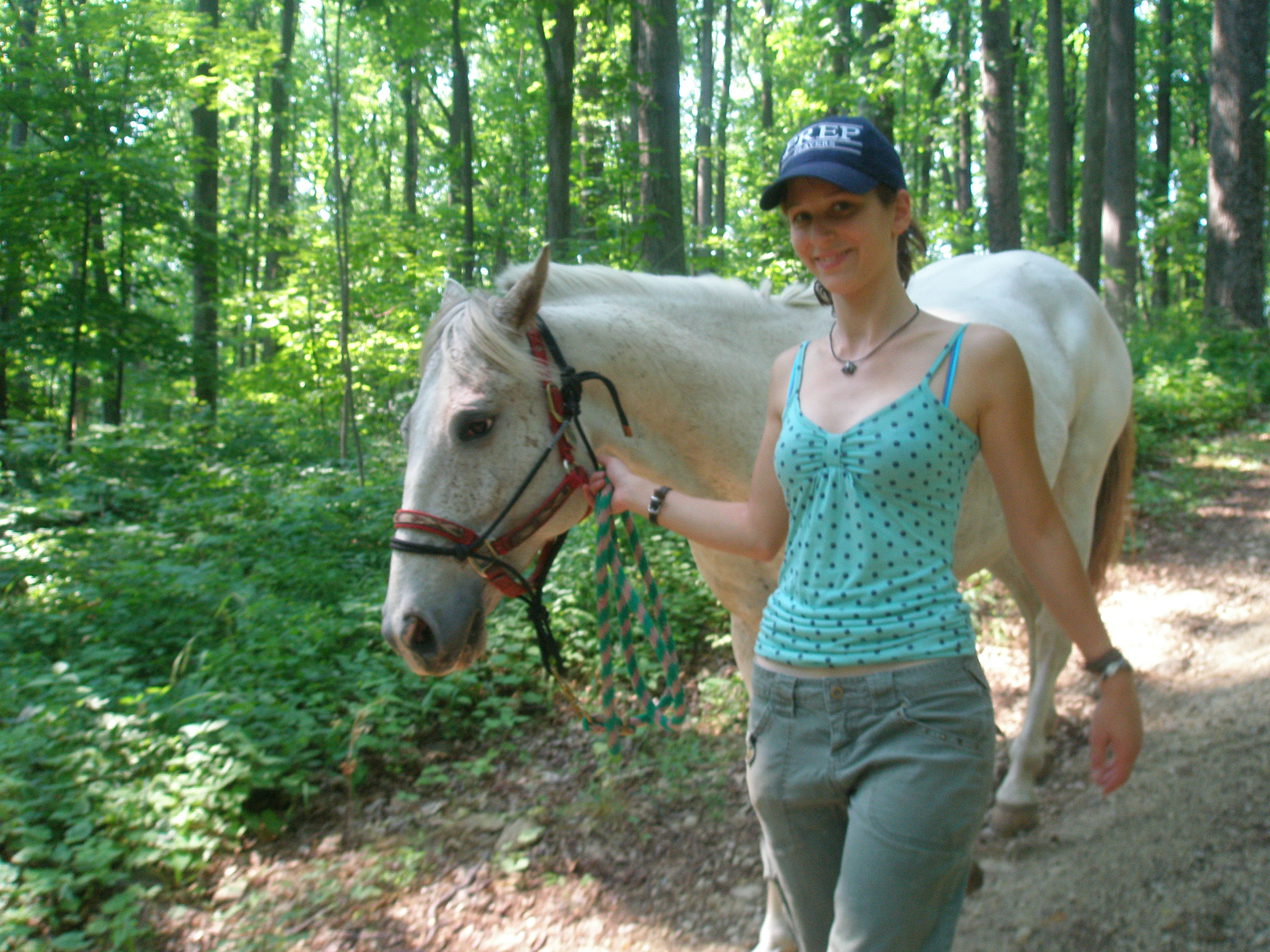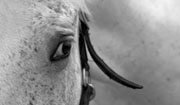|
|
 |
|
My training methods are based on the scientific law called "Learning Theory". It is the type of learning psychologists
Skinner and Pavlov, in addition to many other researchers, have developed over the years. These methods, or types of conditioning,
are not only completely force free and humane, but also increase the bond between teacher and pupil, as well as provide outstandingly
reliable results.
Since Dakota's past training experiences were very unpleasant, I knew that this training route would not only help me
understand him better, but make desired behaviors incredibly reliable.
Below I will go over some of the training theory and aspects of positive reinforcement horse training.
|
 |
|

When teaching a new desired behavior, the best method to conditioning a response is called shaping. Marine animal trainers
are notorious for training dolphins, sea lions, and killer whales to demonstrated elaborate exercises; from jumping and spinning
mid air, to placing balls through hoops. Through shaping, any behavior can be acquired, including natural and unnatural behaviors.
"Shaping consists of taking a very small tendency in the right direction and shifting it, one small step at a time,
toward an ultimate goal." - Karen Pryor, Don't Shoot The Dog
Shaping is an awesome way to train new behaviors. Many of the things I am teaching Dakota are shaped. These can be found
on the navigation bar under the training icon.
|
Good Ones - Know What Treats To Use
|
|
Newly Shaped Behaviors
|
Use high value treats such as: sugar cubes, peppermint treats, or apple bits.
|
|
Putting New Behaviors On Cue
|
Use high to medium value treats such as: carrots, apples, or processed treats.
|
|
Well Conditioned Behaviors On Cue
|
Use lower value treats such as grains, greens, or other common foods.
|
***~*** I definitely recommend using a variety of treats when working with your animal. This will make learning an adventure
and boost the amount of motivation your horse shows. ***~***
|
 |
|
|
 |
|
|
 |
|
|
|
|
There's No "Break" In Fix Or Learn!
|
|
|
 |

